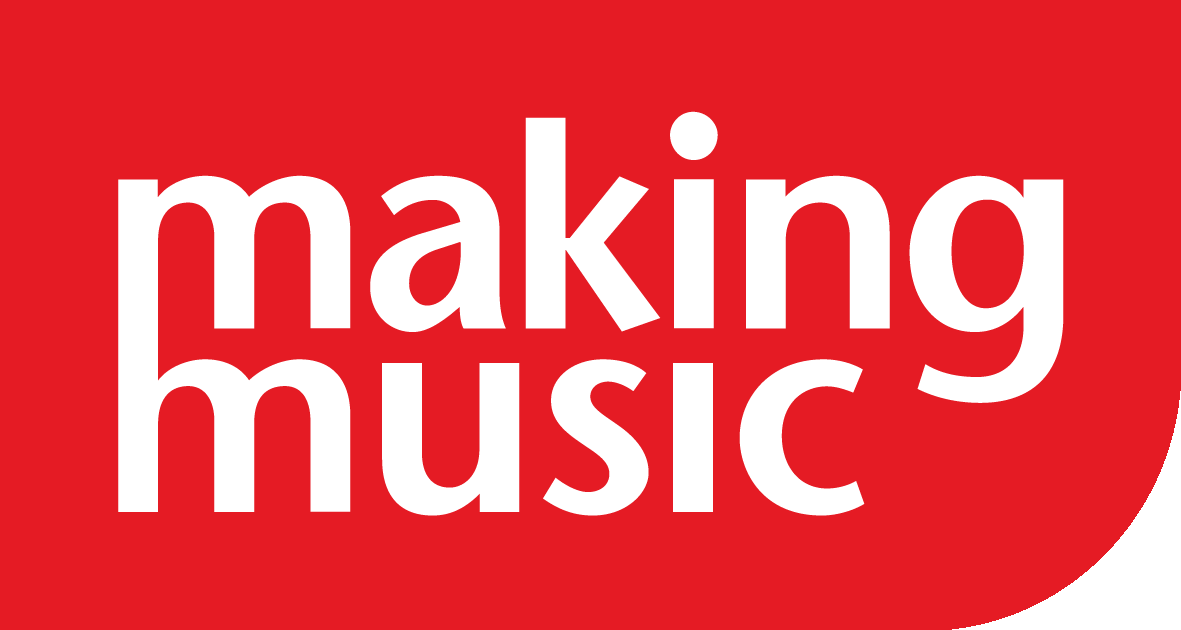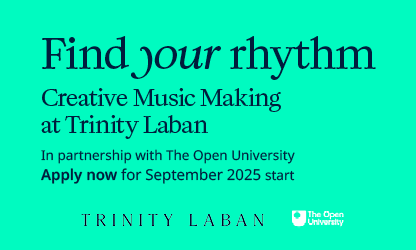An introduction to: Signing choirs
In the latest in our 'An introduction to...' series that explores different types of music making we take a look at signing choirs, how they work and how they can bring people together.
What is a signing choir?
In the UK, choirs that use British Sign Language (BSL) to perform musical repertoire are known as signing choirs. Signing choirs were first developed in the church, in partnership with the Deaf members of the congregation, to encourage equality between the experience of Deaf and hearing members in services.
'Big D' deaf people are those who are born deaf or experience hearing loss before spoken language is acquired and regard their deafness as part of their identity and culture rather than as a disability. They form the Deaf community and are predominantly BSL users. Small d deaf people are those who have become deafened or hard of hearing later in life after they have acquired a spoken language, and so identify themselves with the hearing community. Small d deaf people are more likely to use hearing aids and develop lip reading skills.
What is British Sign Language?
BSL is the most common form of sign language used by the Deaf community in Britain and was officially recognised in 2003. BSL involves a combination of hand shapes and movements, has its own grammar and syntax, and is structured in a completely different way to English. In Northern Ireland, Irish Sign Language (ISL) and BSL are used.
Who can join a signing choir?
Signing choirs often include d/Deaf, hard of hearing and hearing members, all of whom sign sing to recorded music. Some choirs occasionally sing vocally too. Choirs who perform both using sign language and vocally describe themselves as bi-language.
What types of music do signing choirs perform?
Signing choirs are as diverse as vocal choirs in terms of the type of music that they perform. Genres range from classical to rock, pop and funk and the different styles are often reflected in the physical movements of the choir. Such movements – in addition to signing – are part of capturing and enjoying the essence of the music, though the main focus is on the signing and not on choreography. Signing choirs can perform as a whole group, in smaller groups or duos, and use soloists depending on the songs chosen.
“In terms of the translations we produce for the choir in sign language, we need to make sure we are capturing the meaning of the song. That is not always as easy as it seems! We also need to translate the lyrics so that the signs are in time with the music itself - Anne Hesketh, Dee-Sign British Sign Language Choir
Have a look at this performance by Dee-Sign Choir performing ‘Ain’t No Mountain High Enough’.
Are English lyrics and music ‘translated’ into BSL?
Signed songs translations vary widely. Some signing choirs use Sign Supported English (SSE), whereas others use fuller BSL interpretations, where the essence of each line or phrase is captured in sign language. Signs relate to the rhythms and melody of the song as well as the lyrics. SSE uses a lip pattern that matches the signs and uses English word order, while BSL has a different lip pattern and word order to English.
Because BSL has a different grammatical structure to English, a process is used to capture the essence of the music, melody and lyrics to make the most of the beautiful and evocative nature of signing. The result is a unique combination of singing, signing and movement which, some founders of signing choirs believe, encourages equality, inclusion and understanding across hearing, hearing impaired and Deaf communities.
Here’s a documentary by Warrington BSL Choir that explains why their members love being part of a signing choir.
How can I find out more about BSL sign language choirs?
Paul Whittaker is passionate about signing choirs and runs several of them. A profoundly deaf musician, he runs workshops across the country and adjudicates signing choir classes at music festivals. The most important thing to remember for the people running a signing choir is that it should be accessible. “You must respect both BSL and those who use it. If a Deaf person does not understand what your choir is signing then you have a problem.”
“Signed song is a fantastic way of bringing people together, raising deaf awareness and learning about communication. It can also be a good workout and is something that all ages can enjoy - Paul Whittaker OBE
Read more about his experience on our blog.
How can I join a signing choir?
If you’re interested in joining a signing choir or finding out more about them, here are just a few of the many choirs across the country.
- Hands 4 Voices, Essex, South East
- Liverpool Snr & Jnr Signing Choirs, Liverpool, North West
- Wirral Signing Choir, Wirral, North West
- Riverside Signing Choir, Rotherham, North
- Vision Signing Choir, Maidstone and Gillingham, South East
- Warrington Signing Choir, Warrington, North West
- Derby Community Signing Choir, Derby, Midlands
- Radcliffe on Trent Community Signing Choir, Nottinghamshire, Midlands
- Lowestoft Signing Choir, Sussex, East
- Handy Voices Signing Choir, Oxford, South
- Paul’s Signing choir, Halifax, North
- Blackpool Creative Signing Choir, North
- Hull Visual Choir, North
Deaf action consultation with the d/Deaf community in the UK
We hope you find this Making Music resource useful. If you have any comments or suggestions about the guidance please contact us. Whilst every effort is made to ensure that the content of this guidance is accurate and up to date, Making Music do not warrant, nor accept any liability or responsibility for the completeness or accuracy of the content, or for any loss which may arise from reliance on the information contained in it.



